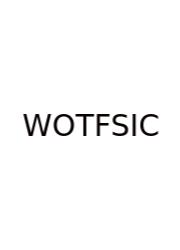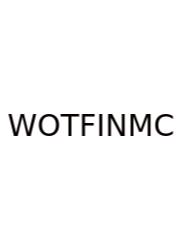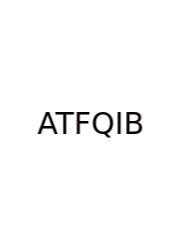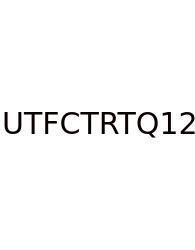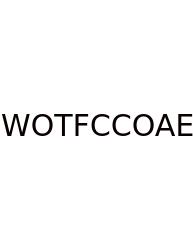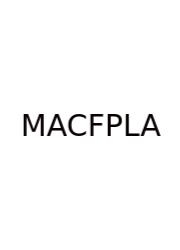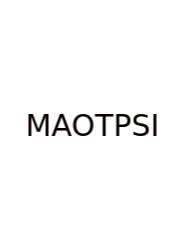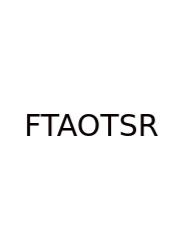Which Of The Following Statements Is Correct
Lets delve into the task of dissecting statements to determine which one holds the most truth In essence the process of determining which of the following statements is correct involves critical thinking careful analysis and a methodical approach to evaluating evidence This article will guide you th
Click here to continue reading this article...